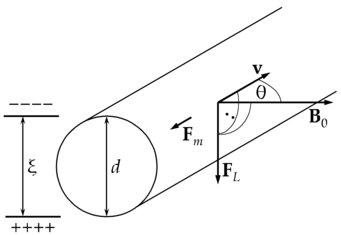Survey of Risks Related to Static Magnetic Fields in Ultra High Field MRI

In magnetic resonance imaging (MRI), substantial improvements with respect to sensitivity are expected due to the development of so called ultra high field scanners, i.e., whole body scanners with a magnetic field strength of 7 T or above. Users of this technology need to evaluate this benefit for potential risks since commercially available systems are not certified as a medical device for human use. This review provides a detailed survey of static field bioeffects related to the exposure of subjects being scanned, to occupational exposure, and to exposure of the general public under consideration of current standards and directives. According to present knowledge, it is not expected that exposure of human subjects to static magnetic fields of 7 T implies a specific risk of damage or disease provided that known contraindications are observed. The available database does not permit definition of exact thresholds for harmful effects. However, experience from previous application of ultra high field MRI indicates that transient phenomena, such as vertigo, nausea, metallic taste, or magnetophosphenes, are more frequently observed. In particular, movements in the field or the gradient of the fringe field seem to lead to detectable effects. Besides such observations, there is a strong demand for systematic investigation of potential interaction mechanisms related to static field exposure during MRI examinations.
